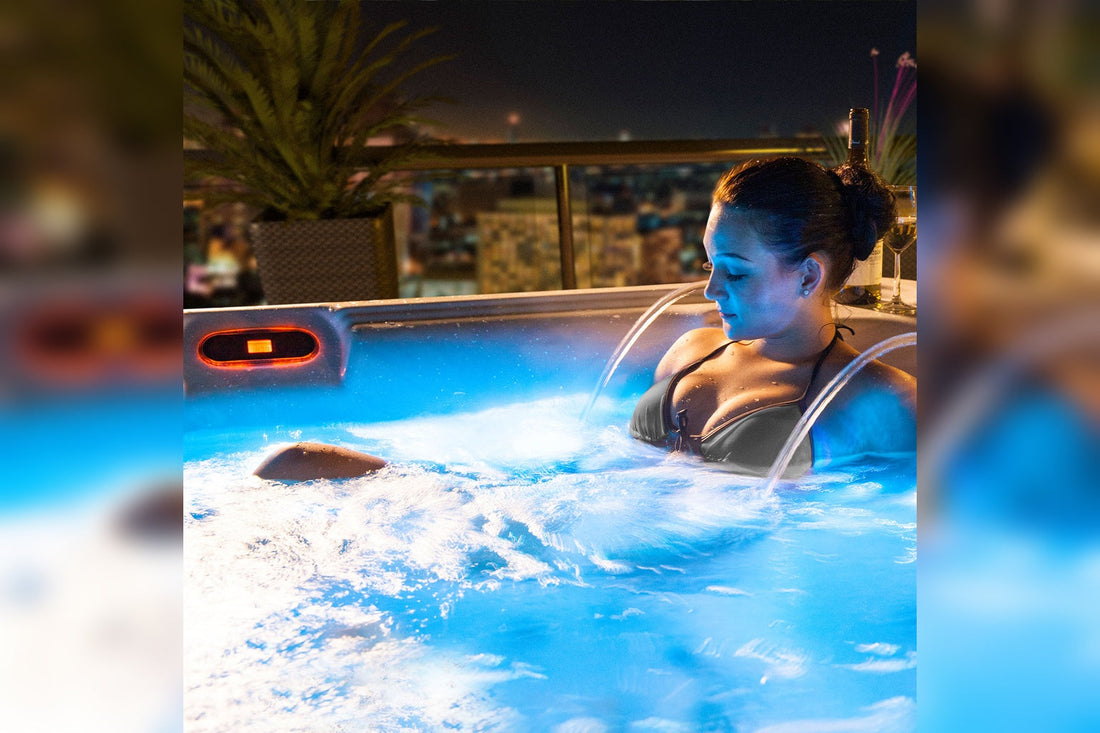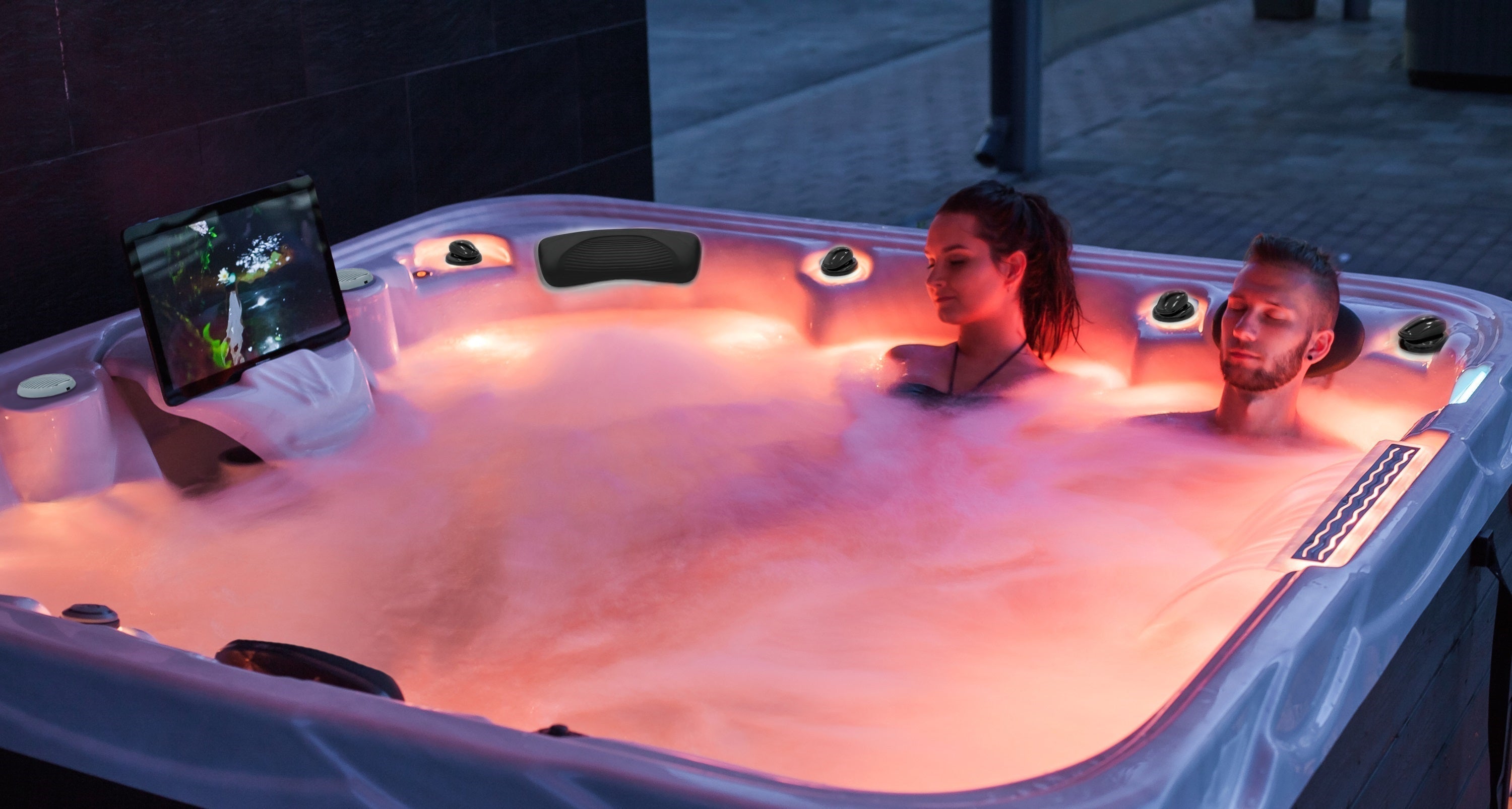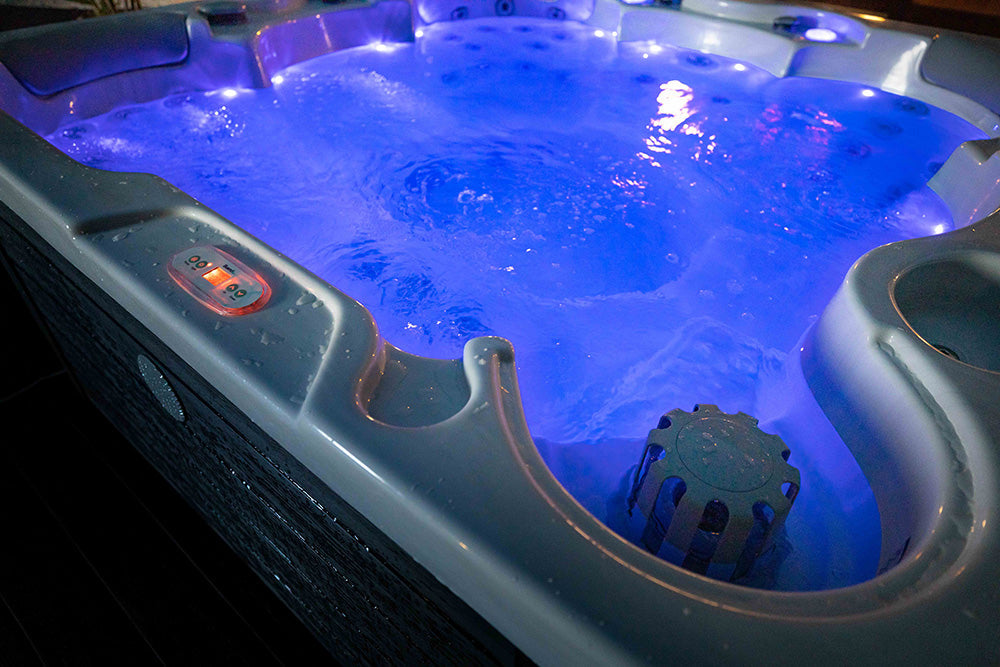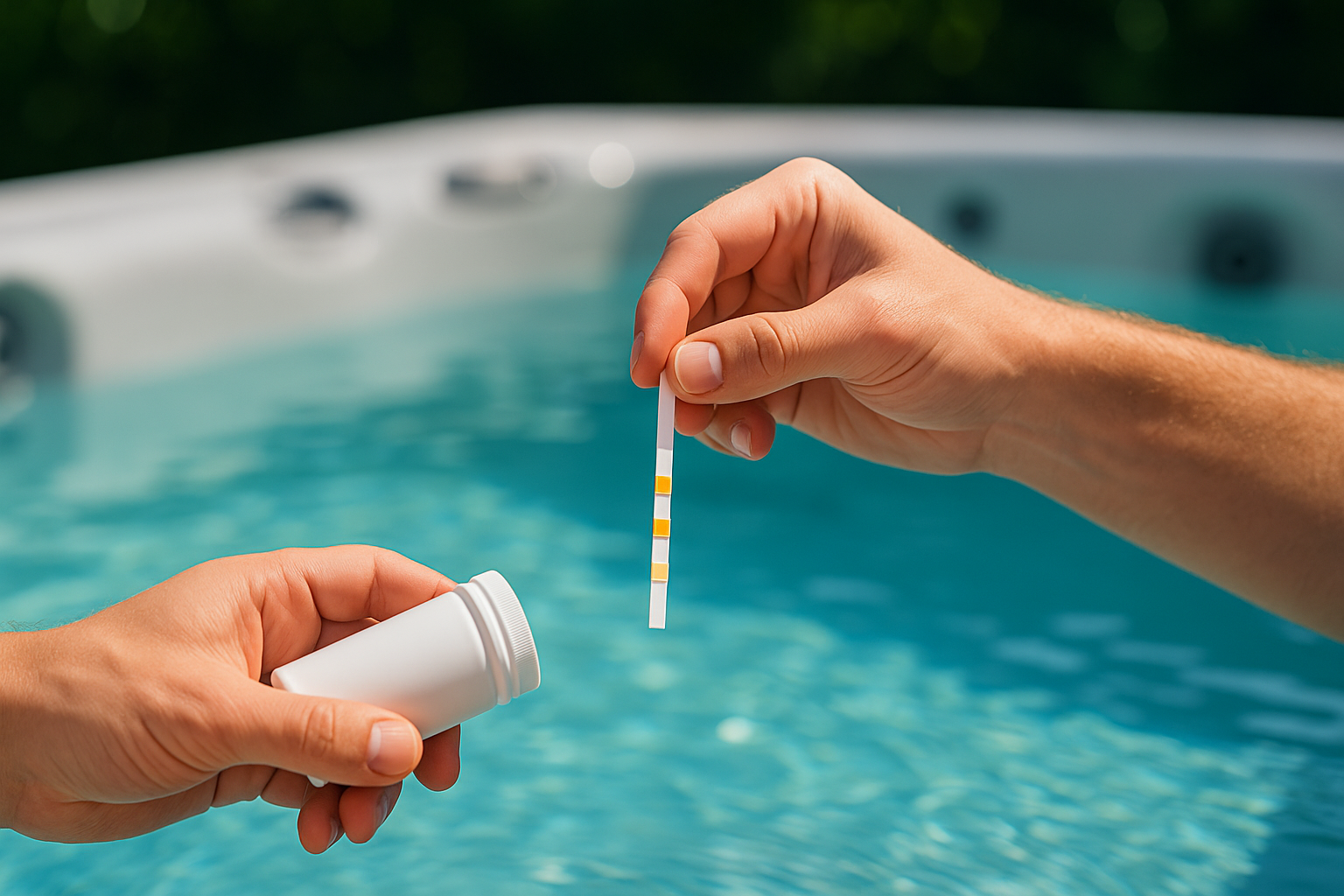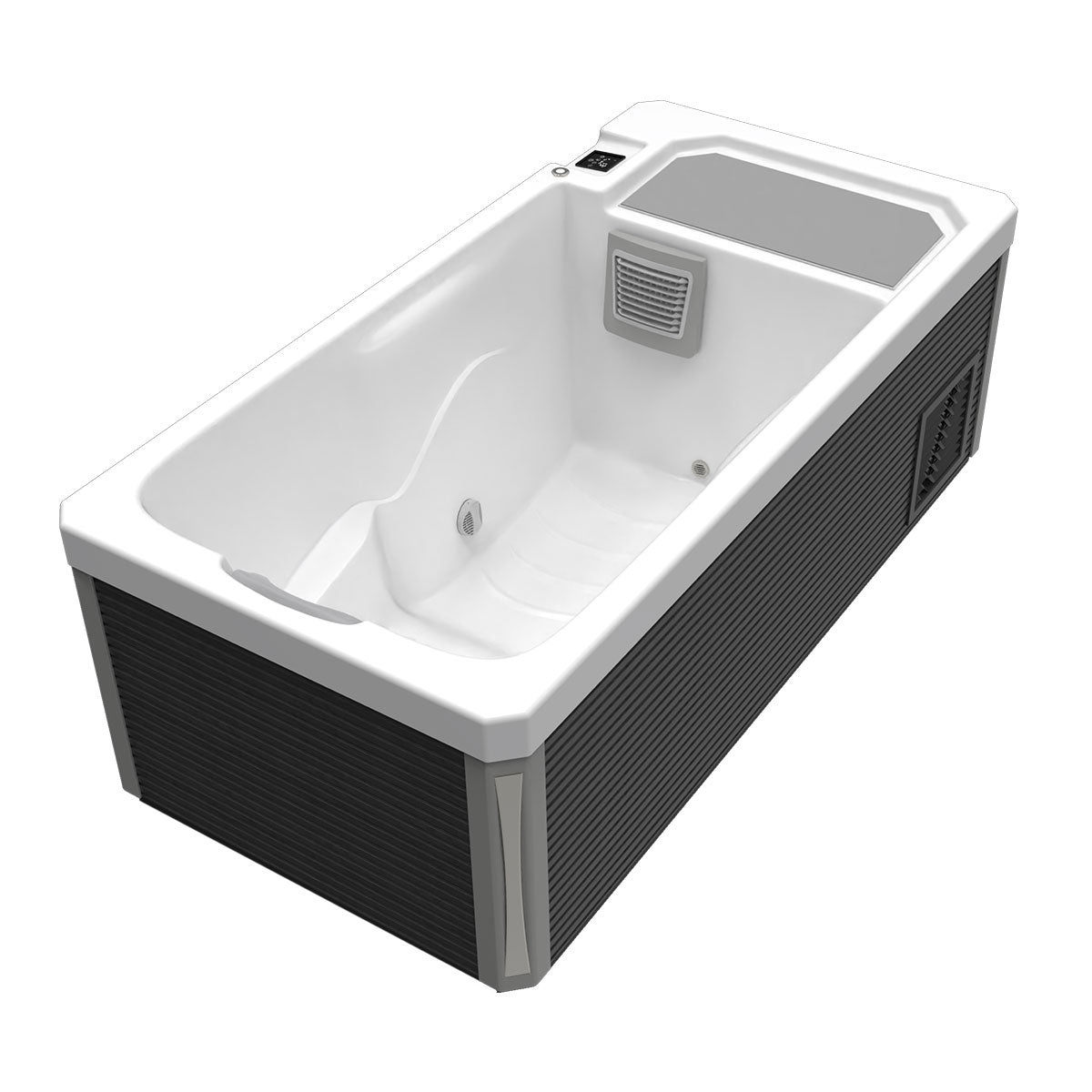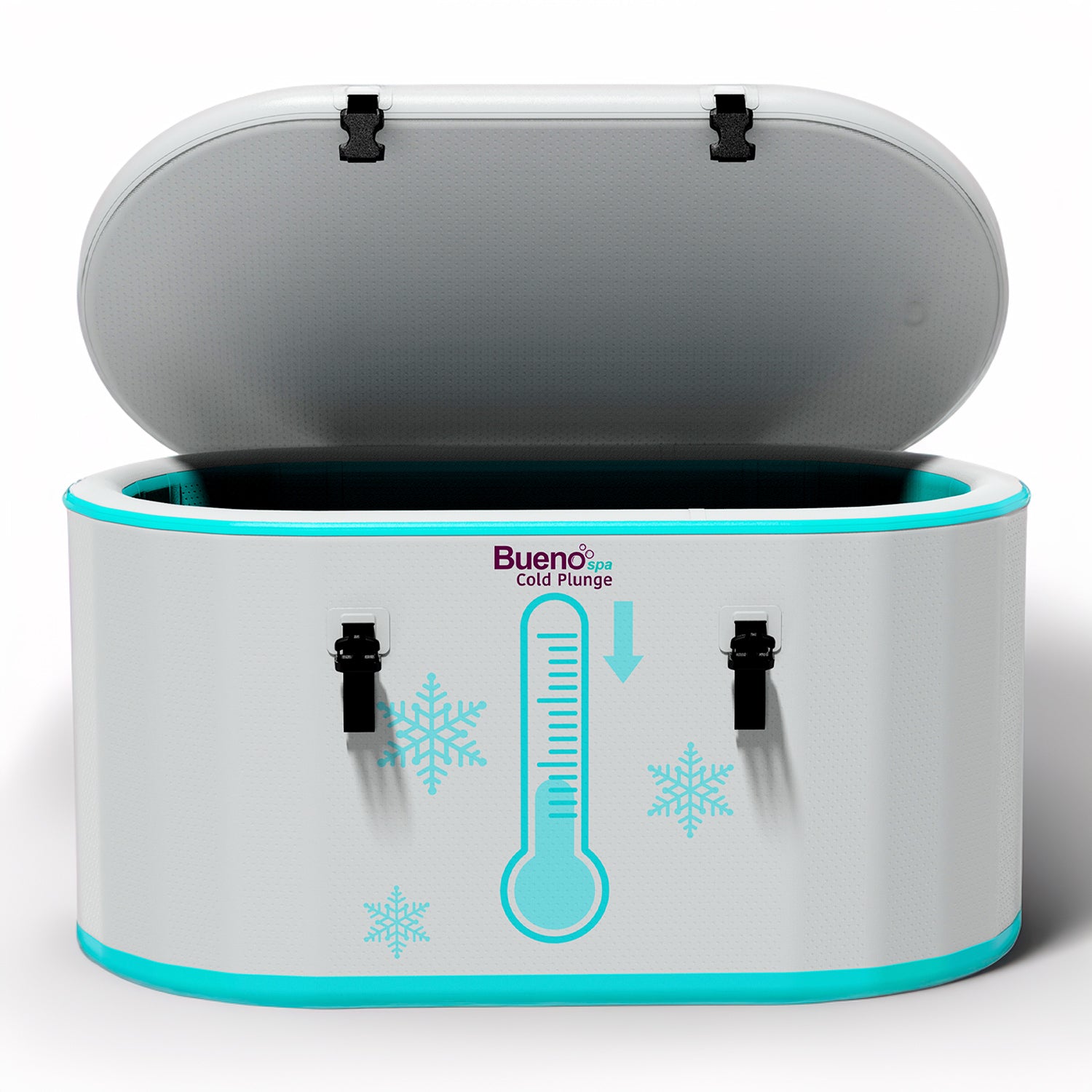Alkalinity is just one aspect of water quality you need to monitor as a hot tub owner — but it’s a very important one. Too low, and your pH levels can fluctuate unpredictably. Too high, and you can experience cloudy water and mineral deposits.
Confused? Don’t worry — we’ve pulled together this complete guide to understanding how to raise the alkalinity of your hot tub — and why you might want to do that.
What Is Alkalinity in a Hot Tub and Why Is It Important?
Sliding into your hot tub at the end of a long day should be relaxing. If the water is murky or irritating? That’s not so relaxing — and potentially unsafe. Many hot tub water problems are caused by unbalanced pH levels which, in turn, can be the result of low alkalinity.
Understanding Total Alkalinity (TA)
Total alkalinity (TA) is an important aspect of water quality. It’s measured in parts per million (ppm) and indicates the water’s ability to neutralize acids and, therefore, maintain pH stability. Increasing the alkalinity of hot tub water creates a helpful buffer, preventing unwanted pH fluctuations. In basic terms, a good level of alkalinity makes it easier to control the pH balance of your water.
Ideal Alkalinity Levels for Hot Tubs
Experts suggest that the optimal alkalinity level lies between 80 and 120 ppm. It’s important to keep your water in this range to avoid discomfort but also to prevent damage to hot tub components.
Connection Between Alkalinity and pH
Because alkalinity stabilizes pH levels, you should always adjust it before tackling any pH imbalance. Low alkalinity in hot tubs can cause the pH levels to fluctuate, but a high alkalinity level can make it challenging to shift stubbornly high pH levels. Learning to balance pH and alkalinity in spa water is critical.
What Causes Alkalinity Levels to Drop in Hot Tubs?
Understanding what causes that drop in alkalinity helps you avoid some of the contributing factors. However, you still need to test and adjust total alkalinity as needed as some fluctuations are inevitable.
Common Factors Leading to Low Alkalinity
Your hot tub can become diluted if you refill it after a splash or if it rains. Dilution changes the balance of chemicals and can lower the overall alkalinity.
Similarly, adding too many chemicals or using acidic cleaning agents can also reduce the TA. Other factors are due to the environment — leaves, debris, and organic matter can all disrupt your hot tub’s water chemistry. Even products on bathers’ skin can make a difference.
Signs of Low Alkalinity
If you notice corrosion of metal parts in your hot tub, that’s a potential sign of low alkalinity. Check your heaters and jets for damage.
You may also notice that bathers are suffering from skin or eye irritation. If irritation occurs, stop using the tub until you can test and adjust the water as necessary.
Why Is Low Alkalinity a Problem in Hot Tubs?
Now you know what to look out for, but do you know why low alkalinity in hot tubs such a problem? Let’s take a look.
Effects on Hot Tub Equipment
High alkalinity, if left unchecked, causes corrosion. This can lead to serious damage to your hot tub However, low alkalinity means your water is too acidic and will eat away at jets, pumps, and other hot tub accessories. Both types of corrosion lower the lifespan of components, which could cost you hundreds of dollars if parts break down.
Effects on Water Quality
There’s also the aspect of safe, healthy water. When water chemistry is unbalanced, you can get cloudy water and even bacterial growth due to fluctuating pH levels.
Impact on User Comfort
Importantly, low alkalinity can cause discomfort for you and other bathers. Dry, itchy skin is a common symptom of low alkaline levels. Similarly, redness or a burning sensation in your eyes can be another sign of low alkalinity.
How to Raise Alkalinity in Your Hot Tub: Step-by-Step Process
Learn how to raise alkalinity in hot tub units by following the steps below.
Step 1: Test the Water's Alkalinity and pH Levels
You can purchase a reliable water testing kit or digital meter to measure the total alkalinity (TA) and pH levels. Carefully record the current levels in a log to determine how much adjustment is needed but also to note any patterns that could indicate an underlying problem.
Step 2: Use an Alkalinity Increaser
Invest in spa-grade alkalinity increasers. Always follow the manufacturer’s instructions. You’ll usually need to add the chemical a little at a time, keeping the circulation system running to ensure even distribution.
Step 3: Allow the Water to Circulate
Once you’ve added the right amount of chemical, make sure you keep that pump going for 30 minutes. This is the best way to ensure a thorough rebalancing of your hot tub water.
Step 4: Retest and Adjust as Needed
After a few hours — check the pack instructions for exact times — retest the alkalinity levels. You may need to repeat the process, but make sure you don’t take the alkalinity above 120 ppm.
Step 5: Monitor pH Levels
Test the pH level and make adjustments using pH increasers or decreasers if needed. Remember, you’re looking for an ideal pH of between 7.2 and 7.8 for comfort and safety — and to reduce the risk of damage to the tub.
Pro Tips for Maintaining Alkalinity and pH Balance in Your Hot Tub
Keeping your hot tub water nice and balanced is simpler when you follow these tips.
Establish a Regular Testing Routine
Test your water weekly to avoid alkalinity and pH problems from getting out of hand. It’s better to use small amounts of chemicals frequently for minimal adjustments.
Avoid Overusing Chemicals
Sometimes less is more. Avoid adding too much of a chemical by always following the instructions on the pack. Over-correcting the problem will likely cause more issues.
Manage Environmental Factors
Debris like leaves and other organic matter can impact the alkalinity level in your hot tub. Check that your hot tub cover fits properly and remember to replace the cover after every session.
Educate Yourself on Water Chemistry
Consider investing in a range of spa maintenance tools and a hot tub water chemistry guide to make it easier to fix pH and alkalinity issues. Understanding the “why” and “how” of water chemistry helps you become an expert at hot tub maintenance.
FAQs About Raising Alkalinity in Hot Tubs
How often should I check my hot tub’s alkalinity?
Weekly testing is best to catch imbalances early and maintain optimal water chemistry.
Can I use household baking soda to raise alkalinity?
Baking soda (sodium bicarbonate) is the core ingredient of many alkalinity increasers and, as such, is available in most households. However, spa-grade chemicals are designed specifically for hot tub use.
What if I accidentally raise alkalinity too high?
You can use a pH decreaser or dry acid in small amounts to gradually lower alkalinity to the proper range.
Does low alkalinity affect hot tub sanitation?
Yes — low alkalinity disrupts the effectiveness of sanitizers like chlorine or bromine, increasing the risk of bacteria growth.
What’s the difference between alkalinity increaser and pH increaser?
An alkalinity increaser for hot tubs can stabilize pH levels but a pH increaser specifically raises the water's acidity/alkalinity level. In many cases, you need both to maintain spa water balance.
Maintain Perfect Alkalinity for a Premium Hot Tub Experience
Keeping your hot tub’s alkalinity levels balanced is essential to protect the components of your tub, and also to keep the water safe and comfortable for bathers. Use a high-quality hot tub chemical and regularly monitor and log the alkalinity levels of your hot tub. Bookmark this guide so you can troubleshoot hot tub alkalinity issues fast.
Ready to elevate your spa experience? Explore BuenoSpa’s premium hot tubs and accessories to keep your water crystal-clear, safe, and comfortable!


 (888) TO - BUENO
(888) TO - BUENO
